The news is slowly getting better about Obamacare and this is a reminder that you have until December 23rd at Midnight to sign up to get insurance that starts January 1, 2014.
Good stories are always nice to hear and that’s why we’re posting Health and Human Services Secretary Kathleen Sebelius’s blog that describes her meeting with people who signed up for Obamacare in Miami.
by HHS Secretary Kathleen Sebelius
“Today at the main branch of the Miami Dade Library, I had the opportunity to meet with three Miami-area residents and learn how they successfully signed up for coverage through the Health Insurance Marketplace. They told me their new plans would be less expensive and provide better coverage than what they once had.
Marcelo Cantos, a 22 year-old student at Florida International University, had been uninsured for the last five months. Marcelo used to pay about $160 a month for insurance. But late last month, Marcelo met with an in-personal assistor who helped him find and sign up for a silver plan through HealthCare.gov.
Marcelo said he qualified for a tax credit that reduced his monthly premium to just over $7 a month.
I also met with Mick Erlandson, a young law student at the University of Miami, who told me about his previous plan with high costs and limited benefits that cost about $120 a month and had a $15,000 deductible. After some initial problems signing on to HealthCare.gov in early October, Mick said he logged on in mid-October and was able to sign up for a silver plan in about 30 minutes.
Now Mick has better coverage for only $47 a month and he enrolled in a dental plan that costs him only $14 a month.
He also helped both his parents sign up for coverage, which he says costs half of what they paid before.
Another of the Floridians whom I met today was Nancy Lewe, who’s self-employed. Nancy has been paying nearly $900 a month for coverage through COBRA. She also has gotten a better deal through HealthCare.gov: she’ll be saving $600 a month for better coverage, plus she will now have dental benefits.
Additionally, her deductible is plummeting from $1,000 to $250 a month.
The Affordable Care Act, which made the Marketplace a reality, is “a dream come true,” Nancy said. Before the law, she said, it was “better to take a job you hate than be uninsured.”
I also had the opportunity to talk with Karen Egozi, CEO of the Epilepsy Foundation of Florida. Karen is one of the many trained in-person assistors and Navigators across the country helping their neighbors sign up for the coverage of their choice in the Marketplace.
Karen, who has been working on behalf of patients with epilepsy and their families since 2005, knows the importance of affordable, quality health insurance to families’ financial security and peace of mind.
The Miami Dade Library has trained personnel on call daily from 10 a.m. to 5 p.m. to work with people who want some personal help in shopping and signing up for the best health plan for them.
If you don’t have health insurance, or don’t like what you have, I want to invite you to shop for a new affordable plan in the Marketplace, like Marcelo, Mick and Nancy. Open enrollment lasts until March 31, but, to get benefits beginning on January 1, 2014, you have until December 23rd to sign up. And don’t forget the final step – you must pay your premium to the insurance company directly – not to the Marketplace. If you select a plan on HealthCare.gov, you will see an orange message indicating you must make payment to be covered on January 1. Insurers handle payment differently, so follow the instructions from the insurer you select about what forms of payment are accepted and the due date of your first premium – which will be on or before December 31, 2013, depending on the plan you choose.
There are many ways to sign up, including:
- Online at HealthCare.gov,
- By phone at 1-800-318-2596,
- Through a broker, agent, or insurer,
- And you can find help in your community at LocalHelp.HealthCare.gov.
Once you’ve signed up for a plan, don’t forget to check with your insurer to make sure your premium was received.
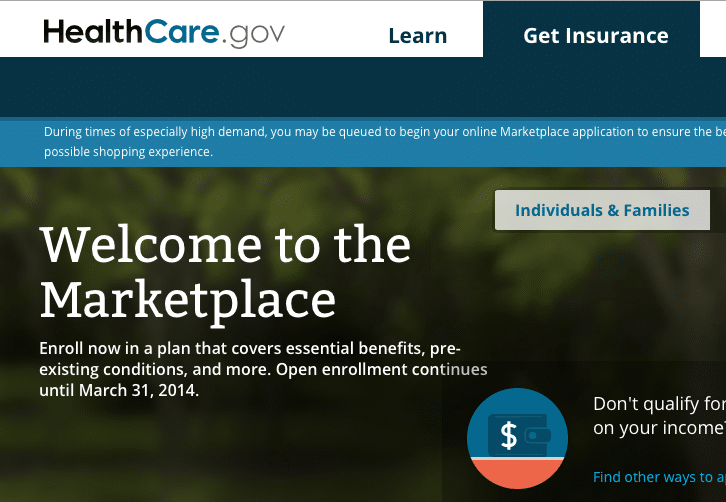











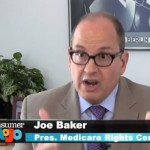










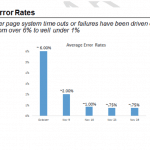
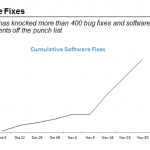
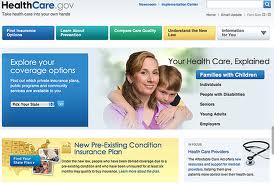
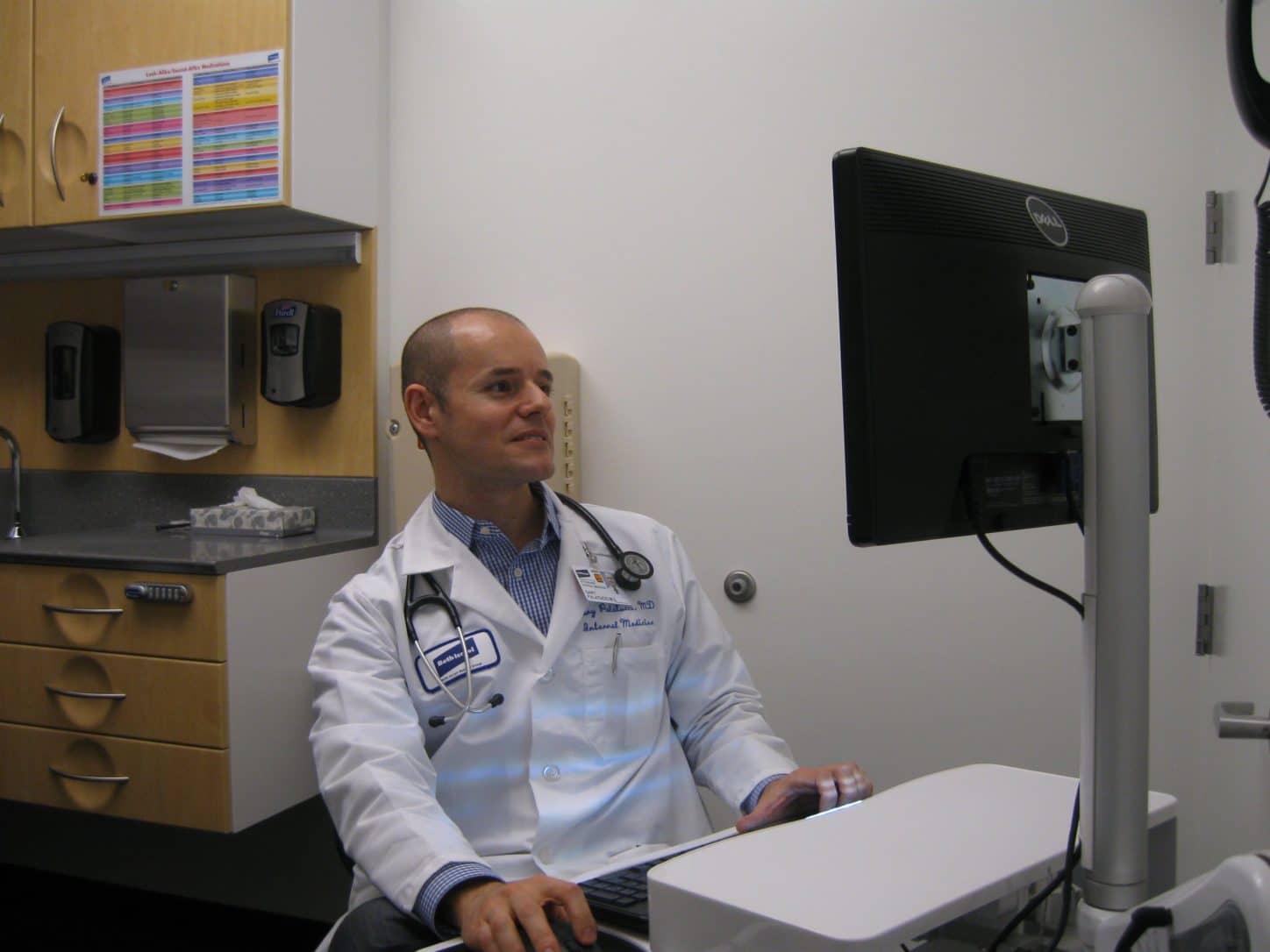

 But back to Dr. Palatucci. He seemed to embrace a kind of old-fashioned common sense medicine. “Is there a particular reason that you are here?” he asked. I explained that I have no big complaints, but thought it was time to establish a relationship with an internist.
But back to Dr. Palatucci. He seemed to embrace a kind of old-fashioned common sense medicine. “Is there a particular reason that you are here?” he asked. I explained that I have no big complaints, but thought it was time to establish a relationship with an internist.



 After her dad died, her mother began to decline. She was 78 and insisted on remaining in her home. Barkan and her brother did successfully convince their mom to allow someone to come in and help in the mornings.
After her dad died, her mother began to decline. She was 78 and insisted on remaining in her home. Barkan and her brother did successfully convince their mom to allow someone to come in and help in the mornings.
 The FTC says I Works ran an elaborate $275 million scheme. The company, and its subsidiaries, convinced consumers to provide their credit card numbers, to be used for a small handling fee supposedly for materials related to obtaining grants, and then billed the consumers a one-time charge of $129.95 and monthly fees of up to $59.95.
The FTC says I Works ran an elaborate $275 million scheme. The company, and its subsidiaries, convinced consumers to provide their credit card numbers, to be used for a small handling fee supposedly for materials related to obtaining grants, and then billed the consumers a one-time charge of $129.95 and monthly fees of up to $59.95. 